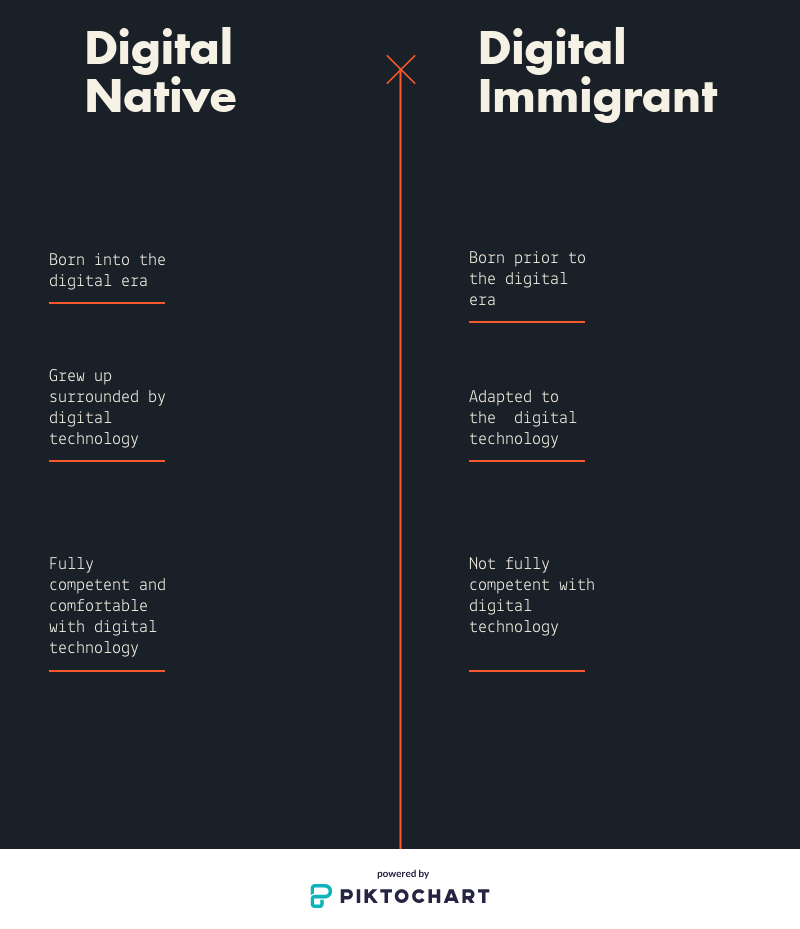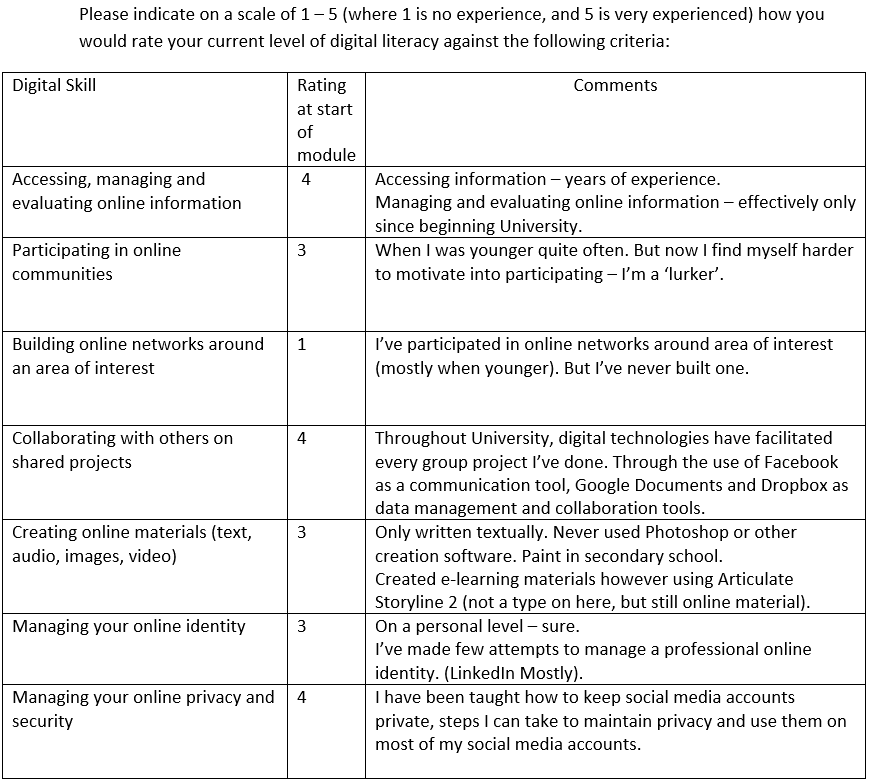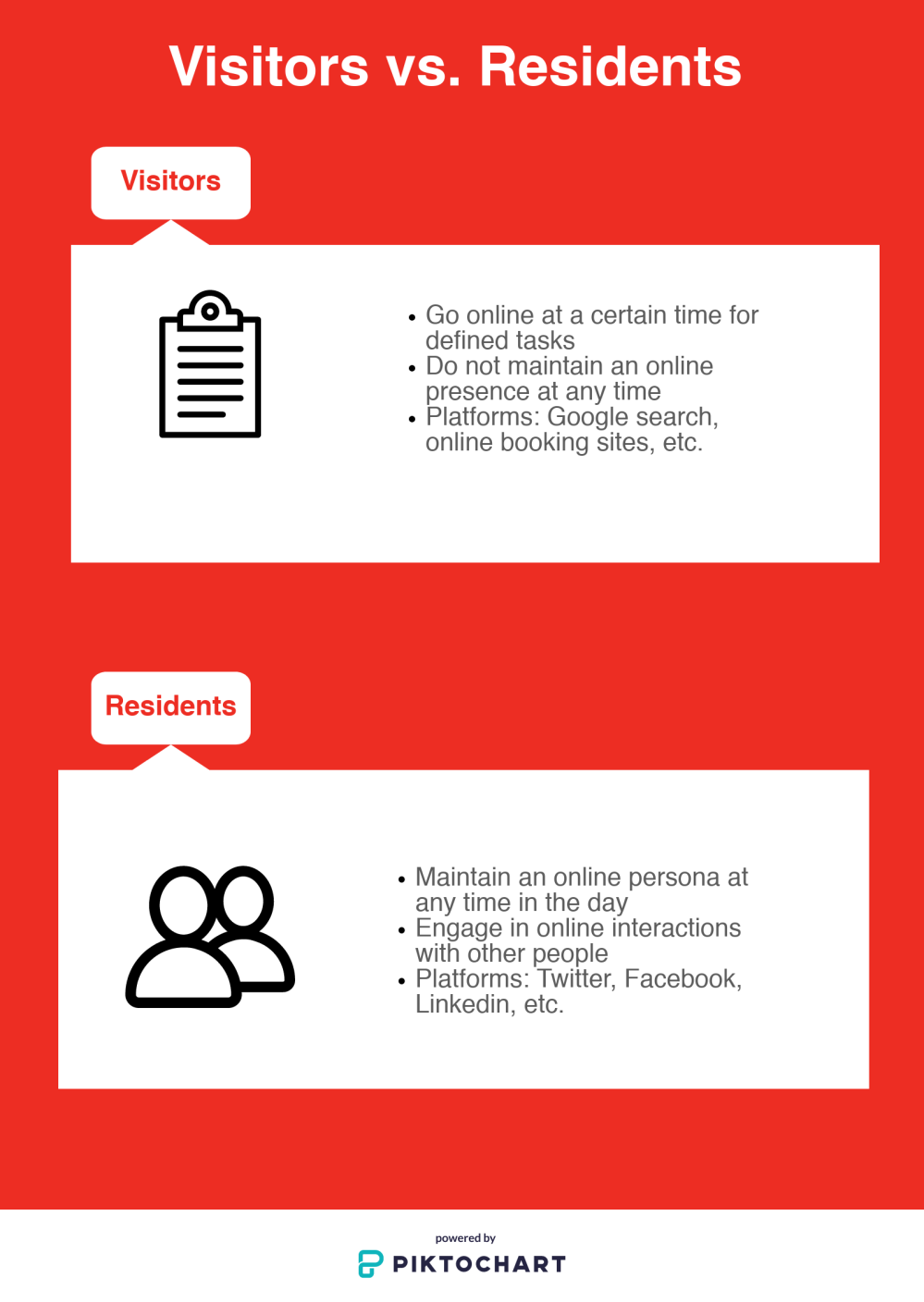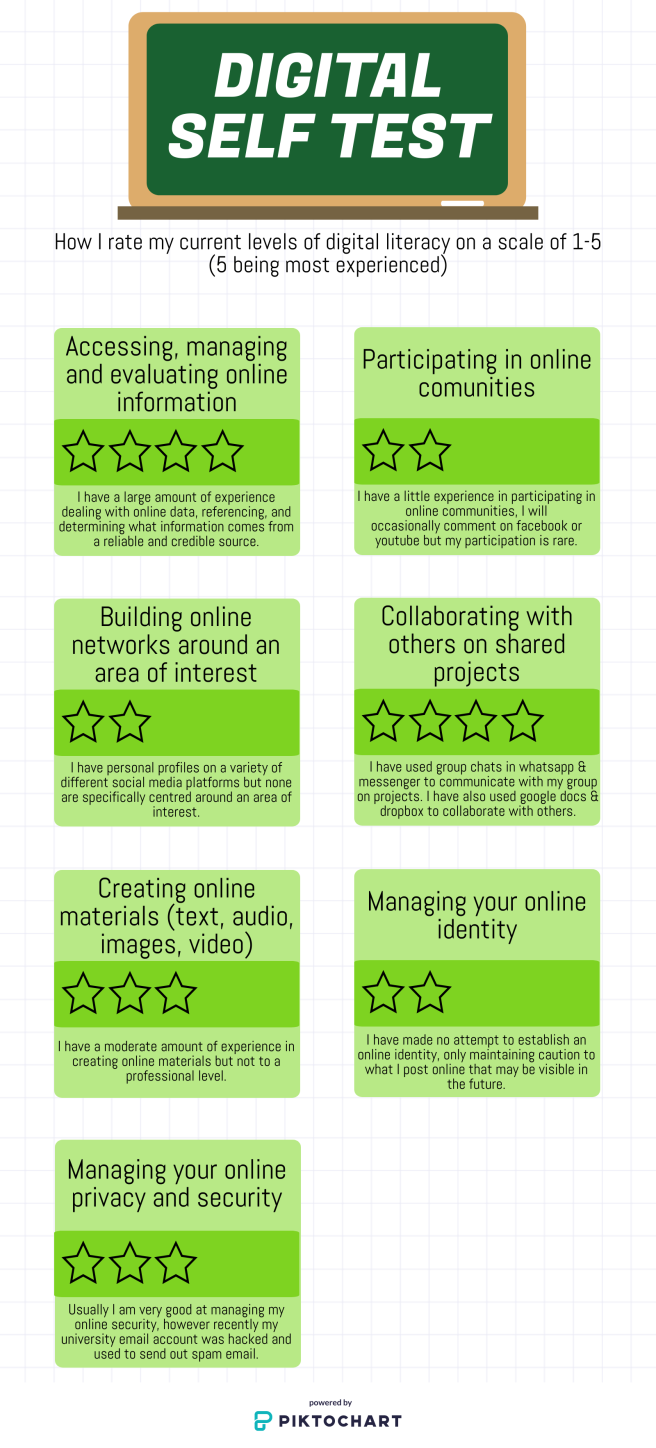
Old People Just Don’t Get This Stuff
I can’t speak for the many but instead the few that spend our evenings either helping our parents respond to emails, buy who knows what online and send off time-sheets for work.
I swear, old people just don’t get this stuff.
However, where I thought I was a wiz, the self-test was quick to stain my ego.
Continue reading →















